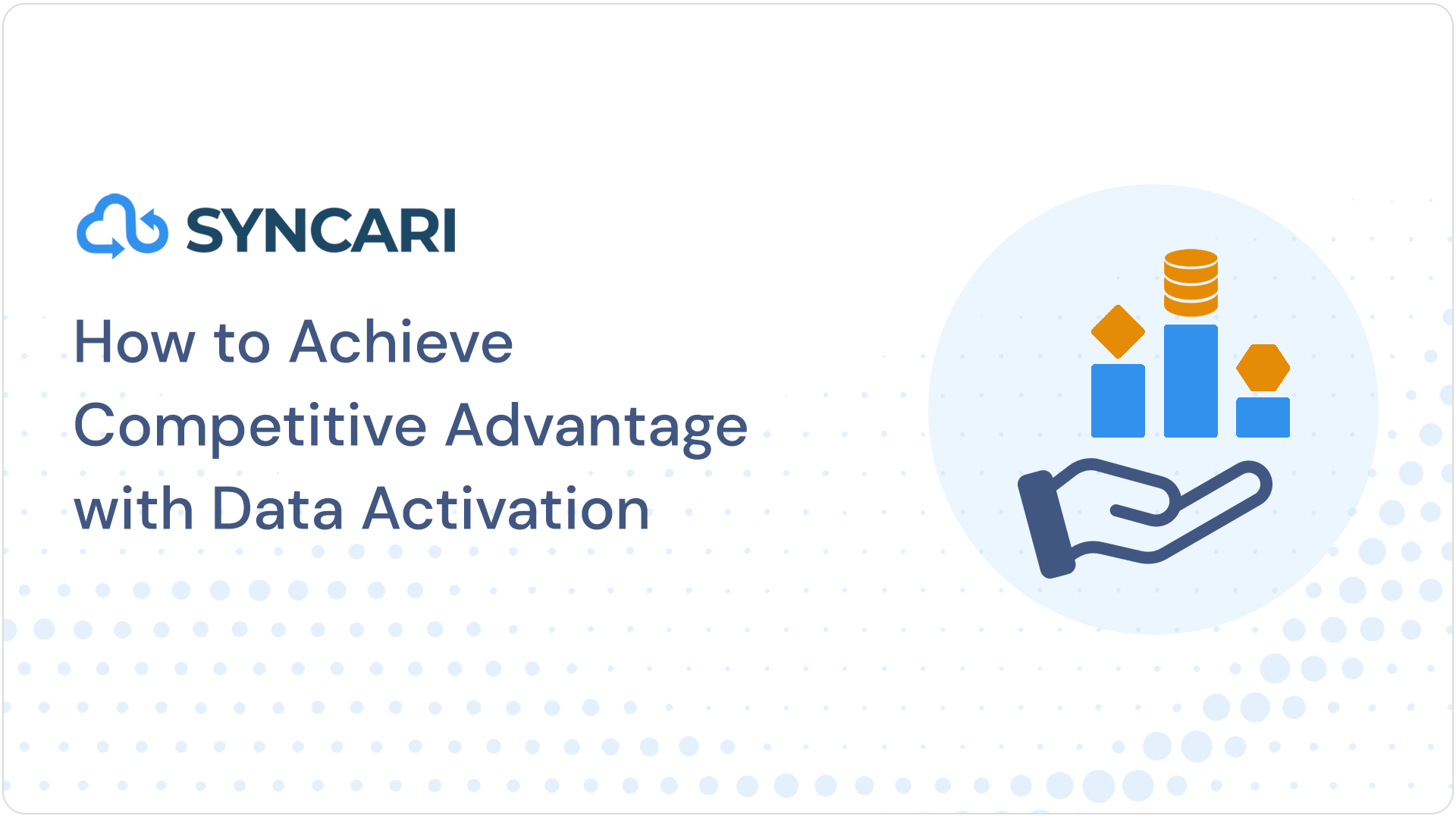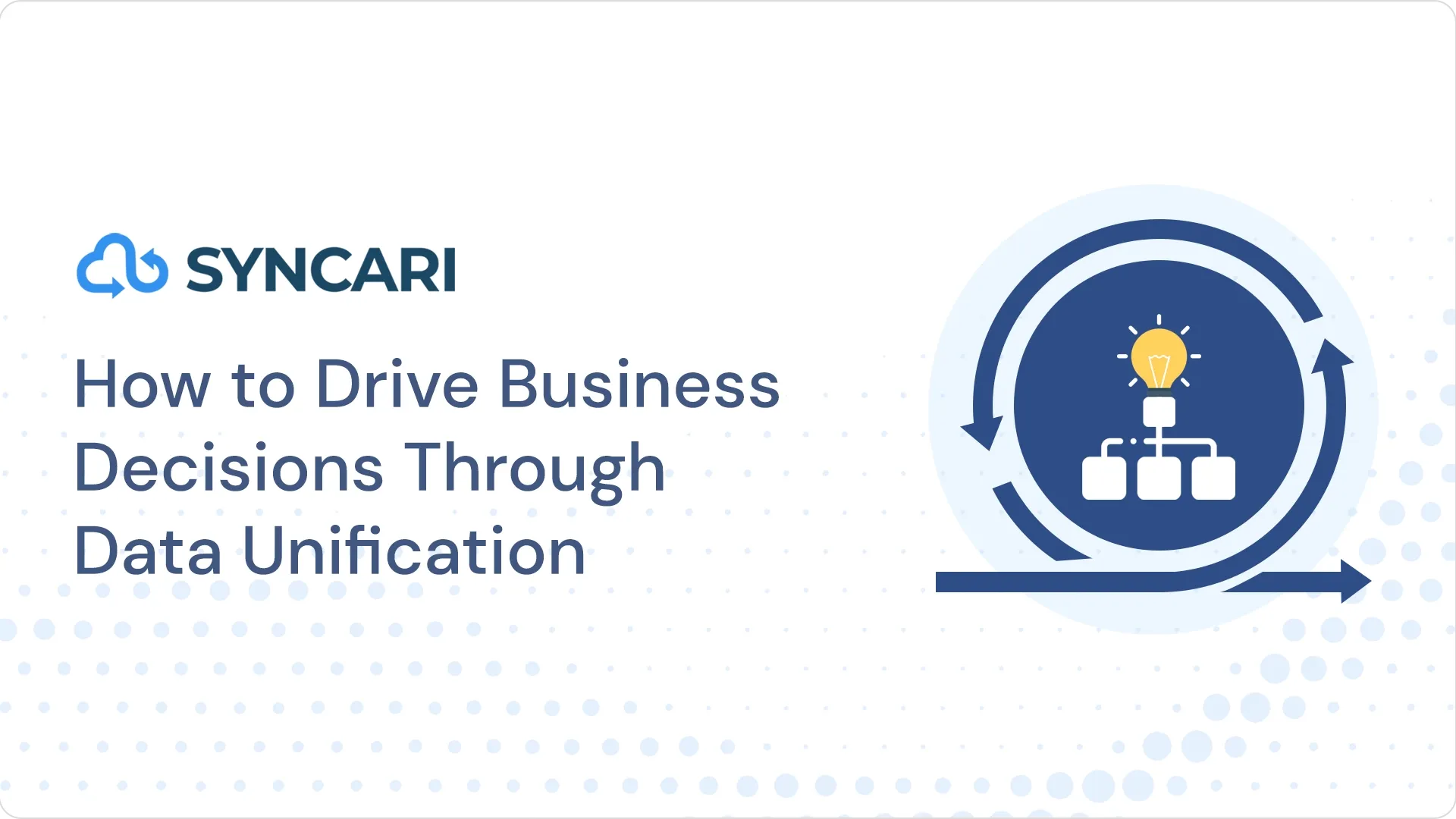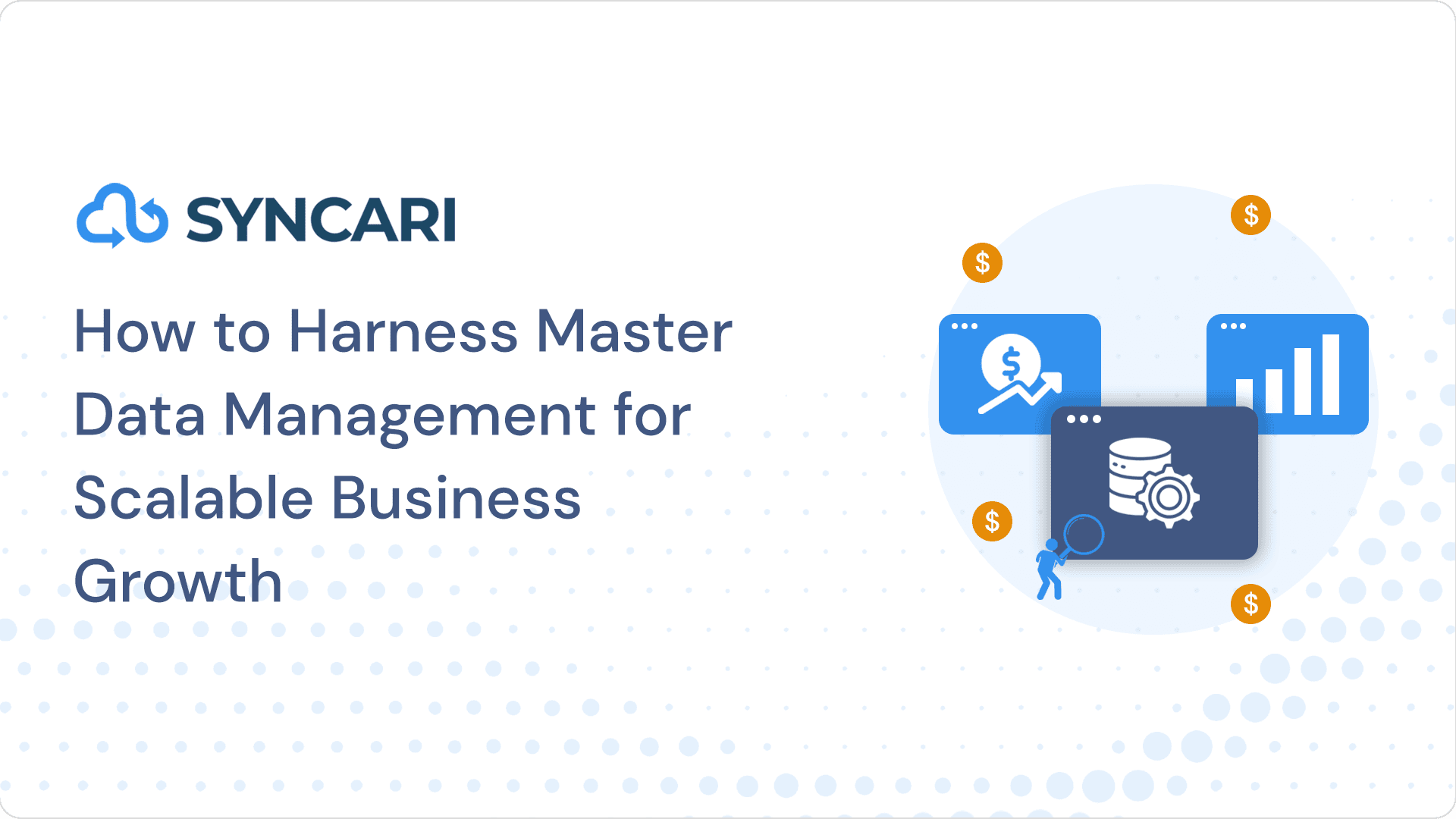Talend & Mulesoft are tools that provide data integration solutions. They deliver big data, data security, processing, cloud storage, management, and integration services. Mulesoft provides an integrated software platform for many application connectivities.
As ETL tools, both assist in extracting data from different sources, transforming the retrieved data into business essentiality, and loading that into the target machine. These tools allow you to analyze data from a large database per business need and load them into the target machine.
These tools extract data from OLTP databases to transform data to be matched with data warehouse schema. After that, it is loaded into the database warehouse schema. The data warehouse system implements different kinds of data, such as legacy systems, spreadsheets, and text files.
The blog offers a Talend vs Mulesoft comparison by considering various parameters. It will help you decide which tool is best for your organization.
[ Related: ETL Tool List: Benefits of ETL Tools, What to Look for, and Top 7 Examples ]
Talend: Pricing, Pros & Cons
Talend is an open-source software platform specializing in big data integration. It comes with characteristics such as data quality, big data, cloud, data management, app integration, and data preparation.

It is a low-code platform that merges data governance, quality, and management into a single entity to function virtually with any data source.
Here, you can create ETL jobs to connect to any data source supported by it with knowledge requirements in databases, SQL, or Java. You can use Talend for data migration from one database to another once you automate ETL jobs. It reduces human-prone errors & manual efforts.
Talend comes with various components and pre-built integration templates to ease data-related procedures. It comes with a collaborative environment through which teams can work combined on data integration and management projects. Its pricing depends on particular needs and requirements.
Businesses rely on Talend to integrate data and handle the stack from several sources to maintain data governance and quality. The tool offers software solutions for data management, data integration & app integration.
Talend data fabric comes with Management Console, Data Stewardship, Talend Studio, Talend Big Data, Pipeline Designer, API Services, Stitch, Data Preparation, & Pipeline Designer. Its pricing plan comes with its Platform’s free, open-source version, paid subscriptions for cloud, and enterprise editions.
Pricing
Talend is an open-source data integration tool offering free and paid versions. If you want to buy Talend, it is available for $1,170/user monthly or $12,000 annually. You can also request a demo before you decide to start with Talend.
You must contact the sales team for individual Talend plans such as Stitch, Data Management Platform, Big Data Platform, and Data Fabric.
Pros
- Talend offers the AWS RedShift ETL tool to build an integration process for moving components into visual workspaces by defining relationships and connections to set specific properties.
- It comes with Master Data Management (MDM) functionality, which gives organizations an accurate and single view of key enterprise data to create better business transparency.
- Talend is open-source software backed by a vast community. Talend users and community members use this platform to address doubts, queries, achievements, etc.
- It offers quick development & deployment where your tasks get automated and you can maintain it for future use.
- With its data transformation tools, you can transform data from one form to another to perform data manipulation tasks.
Cons
- When you are facing some technical issue, customer support doesn’t respond immediately & even stops answering calls and emails after initial replies.
- It does not offer enough components to conduct duplication & fuzzy matches using machine learning.
- There is no clear understanding of some errors that unexpectedly pop up & you don’t know why.
- It does not offer satisfactory remedies to conduct unit testing of components.
- The platform can be slow sometimes as it is an Eclipse-Based IDE.
[ Related: Talend Competitors: list of top 4 best integration alternatives ]
Mulesoft: Pricing, Pros & Cons
Mulesoft is a platform that offers information technology (IT) tools to automate several tasks. You can automate processes and workflows, integrate data & systems & create varied digital experiences.
MuleSoft provides the solution for customer data integration (CDI), Master Data Management (MDM) & Extract, Transform, and Load (ETL) methods.
Its AnyPoint Platform provides components such as Anypoint Studio, Mule as an Enterprise Service Bus (ESB) (an open-source integration platform), Dataloader.io, and Anypoint Enterprise Security.
This Platform provides several components and services like Connectors, Design Center, Management Center, and Exchange. It allows organizations to grasp a single integration point that covers any application.
It creates an infrastructure capable of supporting several applications & comes with a feature to scale out quickly.
Pricing
Mulesoft offers a subscription-based pricing model that you can renew annually. Regardless of the deployment approach, pricing plans are consistent. Its different pricing plans include Starter, Gold, and Platinum. The Starter plan costs $27,000 per annum. For the rest of the plans, contact the Sales team.
Customers are provided with API Integration & API Management as an independent solution. They also have the option to combine the two to get a full stack. They also have the option to add more APIs and integration to scale capacity and functionality as per requirement.
Pros
- Since Mulesoft is open source, you can use the existing extensibility framework to affix new converters that would be applied to each Mulesoft 3 application.
- It provides the solution for ETL methods for Master Data Management (MDM) along with customer data integration (CDI).
- It offers a decentralized structure with API LED connectivity.
- The Platform assists enterprises in making their data integration easy to make the communication process possible through applications and databases.
- It allows you to build, design and manage APIs via the Anypoint Platform to manage users & analyze traffic.
Cons
- Mulesoft’s data integration tools require improvement from the processing side.
- The tool is expensive compared to other data integration platforms.
- It does not come with updated adapters to operate in digital space.
- Sometimes it stops functioning while using it for processing layers.
- The automation manager doesn’t offer automatic customization of alerts, so the unemployment of APIs takes time.
[ Related: Mulesoft Pricing: Is this data automation platform worth the cost? ]
Talend vs Mulesoft: Which tool is a better option?
| S.no. | Parameter | Talend | Mulesoft |
|---|---|---|---|
| Definition | It is an ETL tool. | Apart from being an ETL tool, it also comes with additional features such as accounting integration, real-time analytics, data integration & management. | |
| Features | It comes with 900 connectors to connect to several cloud applications and databases. | It provides various software applications, database connectivity and APIs integration. | |
| Main purpose | It is used for data integration. | It is used for data operations. | |
| Main component | It runs on Java programming & offers value-added features such as monitoring and load balancing. | It uses DataWeave for basic data transformation. Its components are Transformers, Components, Routers, validators, Filters, etc. | |
| Construction | It is constructed with the help of the Open Studio tool. | It is constructed using the AnyPoint tool. | |
| Integration | It is the first open-source commercial vendor that you can integrate with a big data tool. | It is used to build, consume, deploy, design, manage and govern Application Programming Interfaces (APIs). | |
| Run time | It has the normal runtime capability. | It has a high runtime capability. | |
| Set up process | It is easy to set up. | Although it is easy to set up, it needs to be set up along with its plugins. | |
| Community | It has an active user community where most products get lots of support. | It has an enterprise community where the same amount of users is available for support. |
Even after going through a Talend vs Mulesoft comparison, are you still confused regarding which data integration tool shall be a good alternative to these two? Then I suggest you consider Syncari!
The tool assists enterprises in resolving expensive data integration & inconsistencies they face professionally.
[ Related: It’s Official: Master Data Management is Dead ]
Syncari – the best data platform for customer data automation

Syncari is a data automation tool that assists operations professionals in combining, cleaning, handling and distributing trusted customer data among various applications without the involvement of IT.
It is particularly built to assist professionals in getting control of their data sources and integrations via data augmentation, cleansing and merging.
It allows you to empower teams across customer service, marketing, sales and GTM operations. It activates, aligns and analyzes data across every system, thus increasing overall revenue. You can automate, create and manipulate data push to the core system without relying on IT to code within Platform directly.
Features
- Syncari solves your data gathering and data merging problem. You can analyze the quality of data to generate useful, accurate reports.
- It allows you to divide data for different CRM platforms and products automatically.
- Non-technical users can easily understand Syncari’s user interface. Here, you can create connectors with tools without direct integration that you might need and enable light ETLs. Its finding and searching tool is also up to mark.
- The tool is like a Unified Data Platform (UDP) connecting data across the enterprise system.
- It ensures that operations professionals can build, maintain and manage the Platform.
- It allows you to navigate faster, be more agile, and accomplish data projects with a better scope.
Conclusion
Talend and MuleSoft are powerful ETL tools that offer integration services for many software applications. While Talend is a cloud data integration platform that allows businesses to integrate all their cloud and on-premises data in one platform, MuleSoft is an API integration platform that enables developers to connect different systems and applications.
The choice between Talend vs MuleSoft depends on the specific needs of your business.
It is important to compare the pros & cons of each tool, including pricing, customer satisfaction, features, and more, to choose the best one for your business
However, Syncari’s no-code approach and focus on data automation may make it a more efficient and user-friendly option for businesses looking to manage their data pipelines.
It is an amazing no-coding platform that assists you in bringing critical data to the fingertip of the users as per their requirements. It is versatile and integrates well with other apps. Even after going through the Talend vs Mulesoft comparison, Syncari is the best bet.
Sign up for Syncari today to clean, manage and distribute trusted customer data across the enterprise!


